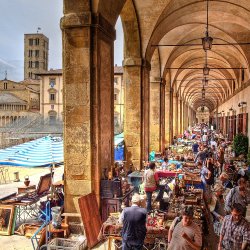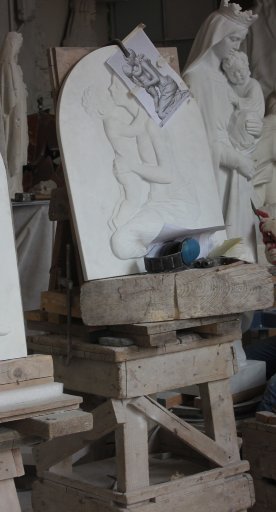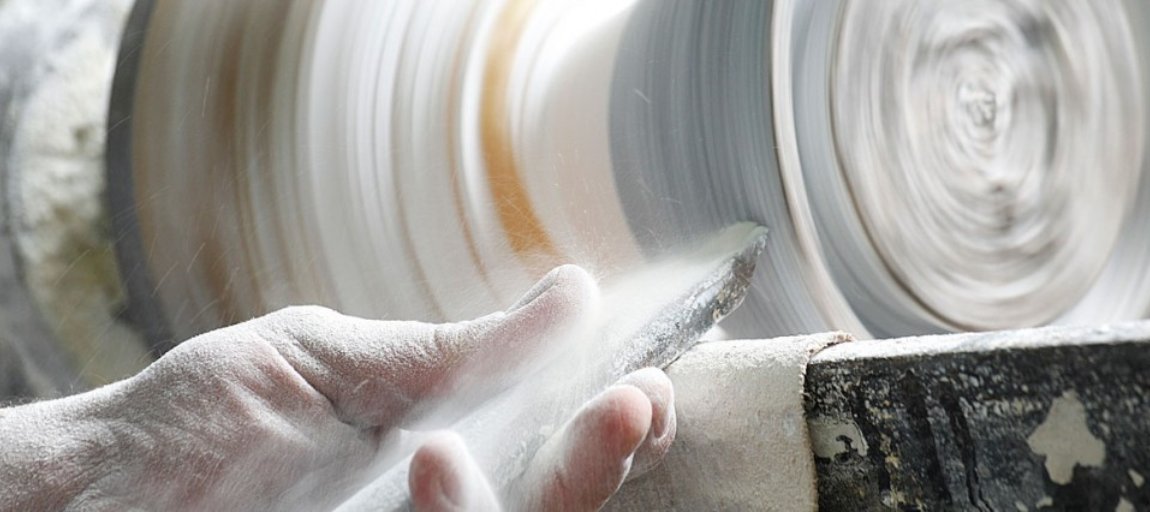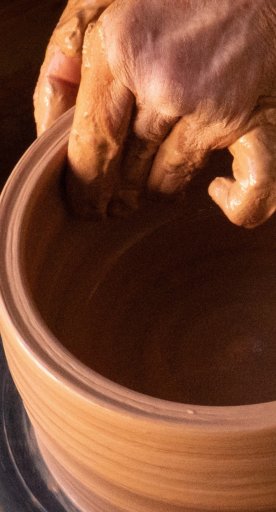
Craftsmanship in Tuscany: 10 artisan products not to miss
Every city is home to treasures of incalculable value, all made with local materials and in complete harmony with the surroundings
In Tuscany, craftsmanship means quality, experimentation, and the synthesis of experience. Skill, creativity and a sense of beauty translate into objects that we can use every day, realised with elegance and materials of impeccable provenance. Every single Tuscan town has at least some artisan treasures of incalculable value, fashioned from local materials and in harmony with the surrounding landscape.
Let's take a tour through just some types that Tuscany is famous - and visited - for, with a bit of historical background and few curious anecdotes. We'll follow the colours of ceramics, the working of wool, and the perfumes of an old, old tradition.
-
1.The ceramics of Montelupo
-
2.Casentino cloth
-
3.Colle Val d'Elsa crystal
-
4.The straw hats of Signa
-
5.Volterra alabaster
-
6.Prato and her textiles
-
7.Impruneta terracotta
-
8.Carrara marble
-
9.The gold of Arezzo
-
10.Florentine perfumes
The ceramics of Montelupo

The history of Montelupo Fiorentino is closely connected to ceramics. Ever since the fourteenth century at the latest, this little town has devoted itself to the craft of a Moorish-Spanish style of majolica, with blue and green the favoured colours for decorative motifs. The crockery and plates, among other types of items, have a rare beauty.
The use of clay comes from the fact that Montelupo sits on the banks of the Arno, which are rich in the raw material. Production is still alive and kicking today, as shown by the local workshops and the Ceramics Museum, which is home to a collection of thousands of pottery pieces dating from the end of the 1200s to the 1700s.
Casentino cloth
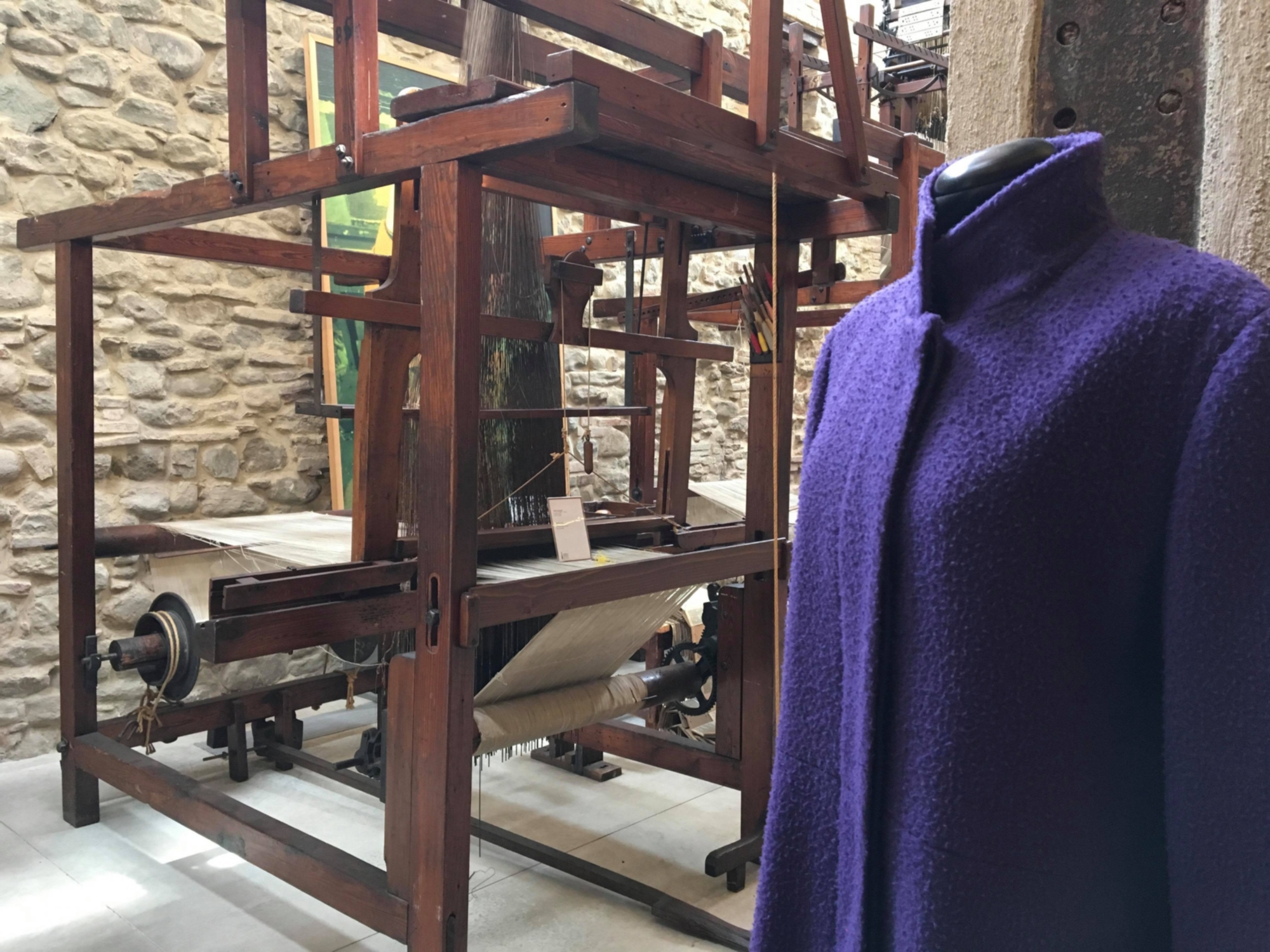
Casentino cloth is a woollen fabric worked to traditional (and extremely old) methods. The textile is fulled, or felted, and gauzed in such a way as to be made impermeable and tough. Because of these two characteristics, it was used very often by shepherds, lumberjacks and by anyone who worked outside, whom it kept safe in the harsh climes of winter.
From the end of the nineteenth century it started being used in men's jackets and coats, and today it can be found in modern, stylist, modish clothes in a range of dyes, anything from brown to orange and green.
Colle Val d'Elsa crystal
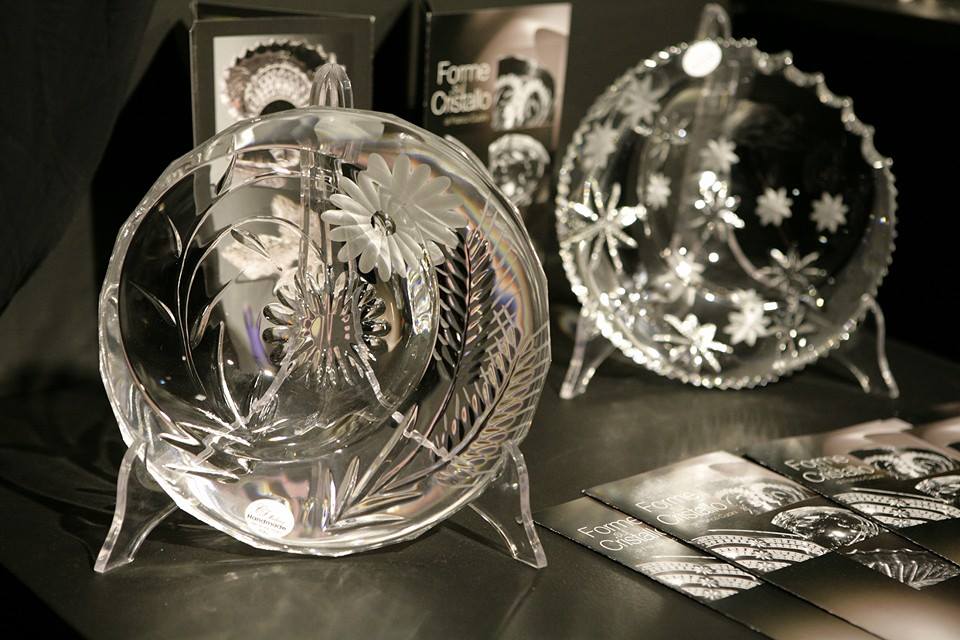
Colle Val d'Elsa is Italy's Bohemia: its production represents an art honed over centuries, namely the production and cutting of glass and crystal. In 1820 Francesco Mathis opened a crystal workshop, which then passed to Giovan Battista Schmid at the former's death. Glasses, bottles, vases, components of lamps and lights, pharmacy articles and household items for everyday use: all the fruit of months and months of labour on the part of the master glassworkers, who sourced their prime materials from the local surroundings. Follow this itinerary here in order to get to know the workshops and glassmakers.
Today 95% of Italy's crystal is produced in Colle Val d'Elsa, and visiting the Crystal Museum, especially its crystal forest, is one way to appreciate these delicate, artisan products.
The straw hats of Signa

For centuries, hats have protected mankind from the heat and the cold. In the earliest years of the eighteenth century, the people of Signa began to grow grain, not for food production, but for straw hats, a revolutionary idea which the Florentine area was the first to realise in all the western world. Known as Leghorn hats, because they were shipped out from the port of Livorno (Leghorn, in English), these Florentine hats achieved fame throughout the world.
One Domenico Michelacci was the first to kick off this idea, when he decided to sow thick fields of timilia durum wheat, to be harvested before maturing fully. The wheat would grow upwards in search of light, producing a longer, softer type of straw, easy to weave, clear and uniform in colour.
The Domenico Michelacci Museum is home to tools, documents and photographs that pertain to the growing and working of the straw used to make these hats and fashion accessories.
Volterra alabaster

A type of white stone, much more malleable than marble, has been worked in Volterra since the heyday of the ancient Etruscans. Thanks to its characteristics, alabaster can be used to reproduce highly detailed decorations, and its beauty is a crucial part of the local culture and craftsmanship.
The first phrase of working is a matter of projection: a design is produced and sent to a workshop, where it is made a reality with the aid of scalpels and electric tools like milling machines and sanders. The objects that come out at the other end are diverse, from lamps to ceiling lights, statuettes and household items, and furniture embellisments.
You can admire a collection of handmade objects and archaeological finds, all in alabaster, at Volterra's Ecomuseum.
Prato and her textiles
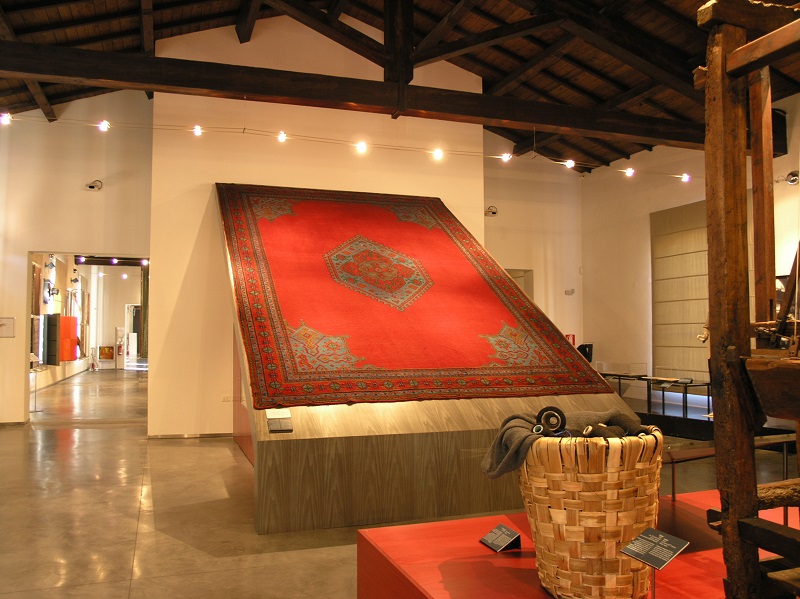
Textile production has been the driving force behind Prato's economic growth ever since the medieval period. These textiles have always had artistic value, but from the nineteenth century onwards the sector has developed its production techniques, putting Prato at the forefront of fabrics.
You can explore this side of the town's history in its Textile Museum, which contains medieval specimens, Renaissance velvets from Florence and Venice, and even fragments of Coptic and Pre-Colombian textiles. But ample space is also devoted to the contemporary sections, with exhibitions and installations.
Impruneta terracotta

In Tuscany, countless bricks, vases and cooking utensils are made in terracotta. A workable, durable and elastic material, it is obtained by applying various techniques to clay, which is then cooked in ovens up to temperatures of 930°C.
The most famous terracotta is that of Impruneta, an ancient little town south of Florence. Abounding in raw materials, it has spent centuries producing "cotto" (cooked) objects, such as architectural details for nobles' villas in Tuscany, and even the tiles on the roof of Florence's Duomo.
By setting foot in one of the Impruneta's numerous terracotta workshops, you can help out the potters in their work and purchase anything you like for your home, from tiles, statues and vases. Even school pupils can get stuck into the craft, and get their hands dirty with creativity.
Carrara marble

Carrara is inseparable from its highly prized and dazzlingly white marble, which is mined from the quarries in the Apuan Alps and which for centuries has been sculpted into statues and monuments of unparalleled beauty. Just think of Michelangelo's David, or the Carrara cathedral. Carrara marble has also distinguished itself in paving, columns and stairways. But its beauty even lends itself to domestic items and household furniture, such as lamps, flower pots and kitchen counters.
In the municipal marble museum, the culture of marblework has been preserved and valorized, thanks to both a permanent collection and temporary exhibitions and conventions.
The gold of Arezzo
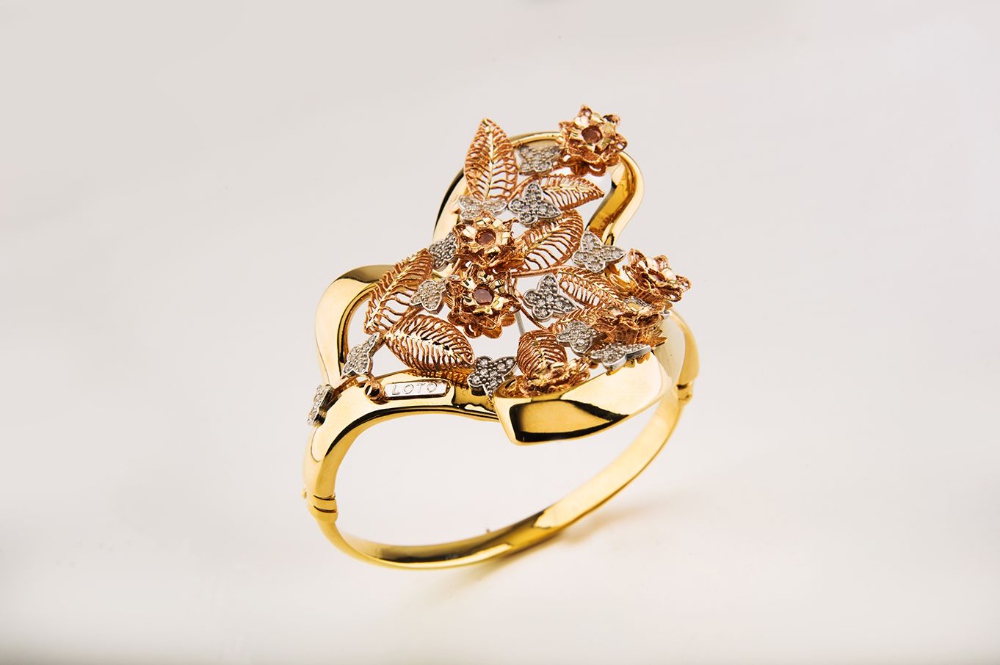
Arezzo built its economy around goldsmithing, in which it became pre-eminent in the world. Its workshops specialise in unique, precious pieces, made with techniques of the utmost craftsmanship. You can turn off any of the streets of the town centre, step inside a jeweller's, and observe how they work the gold. You can even learn to make a piece of jewellery yourself, step by step.
OroArezzo, International Jewelry Exhibition, is a great, lively tradition in the city's calendar. It brings together the best work of goldsmiths from across Italy, with a focus on the metalwork and the precious elements that encapsulate the highest qualities in jewellery production.
Florentine perfumes

The art of Florentine perfumery was born in the Renaissance courts and nobility, and it was Caterina de' Medici and Renato Bianco who helped carve out a name for Florence in this area. René le Florentin, as the French call him, was Caterina's most trusted master perfumer, and it was for her that he created his incredible fragrant pomegranates, spherical gold creations containing solid perfumes, to be worn around the neck, at the belt, or to use as air fresheners.
Even today, in the centre of Florence, centuries-old studios continue to produce perfumes of the highest quality, some of which are tailor-made. Read this article in order to discover these workshops and some of their secrets, and also have a look at the Artour website.
The list of the finest Tuscan crafts does not finish here. From wrought iron to glassblowing and glass engraving, from wood to paper, from lace to leather, the list could certainly go on almost infinitely. Craftsmanship helps us reflect on how important it is to preserve and pass down the traditions of every little enterprise. Buying an artisanal product, you are supporting an activity, and a beautiful history.



